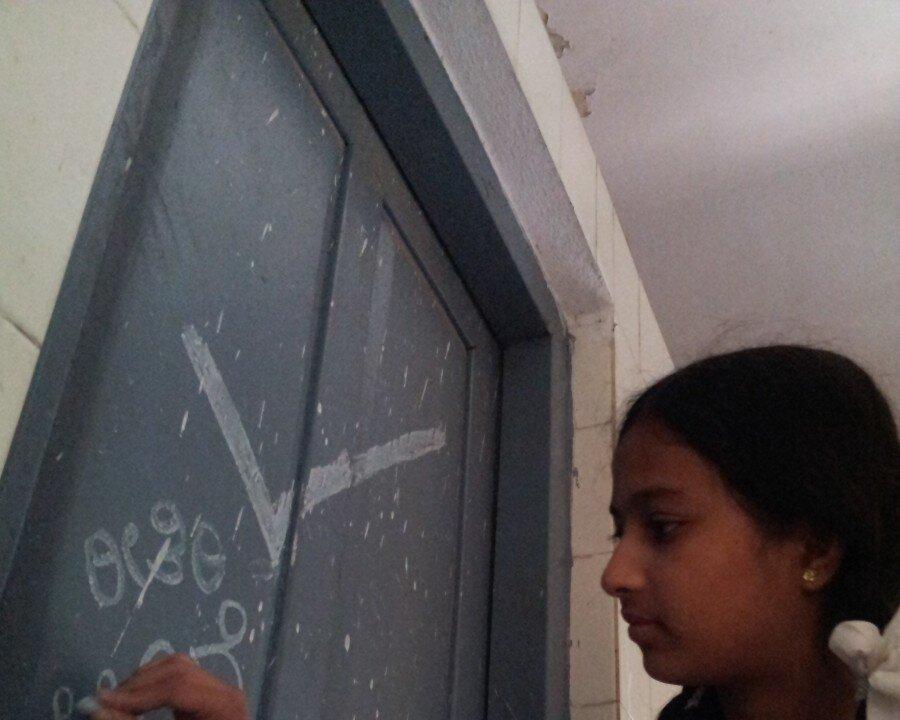BANGALORE, India—A good bathroom experience may improve school attendance. While India’s prolonged sanitation crisis has posed many challenges, it has also become the breeding ground for innovative, cost-effective sanitation for a few Bangalore schools looking for solutions.
The city’s V.V Puram Government Girls High School faced challenges with dropouts, particularly with girls who hit puberty and stopped going or had irregular attendance because of inadequate sanitation facilities.
Bathroom stall doors were broken and there were no waste cans inside the stalls to dispose of feminine hygiene products. Girls had to go outside for this, which made them feel very uncomfortable.
Gautam Prakash, a member of the Bangalore-based nongovernmental organization (NGO) Reap Benefit, which initiated work to provide proper sanitation in city schools, said, “The flush (lavatory) was missing in some bathrooms. Buckets were missing—they usually get stolen. Water was supplied to the school from outside (water tankers) on alternating days. It remained scarcely available in the bathrooms.”
Moreover, maintenance remained a challenge for the toilets in good condition. At this point, the NGO guided the school students in developing cleanliness and eco-friendly habits that slowly became rooted in their daily lifestyles. It also involved the students in planning better sanitation facilities for themselves.
“We focused on learning and understanding what the students wanted and then collectively built a system that they wanted, and it worked,” said Prakash.
The team followed a three-tier approach to encourage students to keep their campus and local area clean and hygienic: develop eco-friendly habits in the students; empower them with practical knowledge about water and energy conservation; and acknowledge their positive efforts and provide them with continual motivation.




